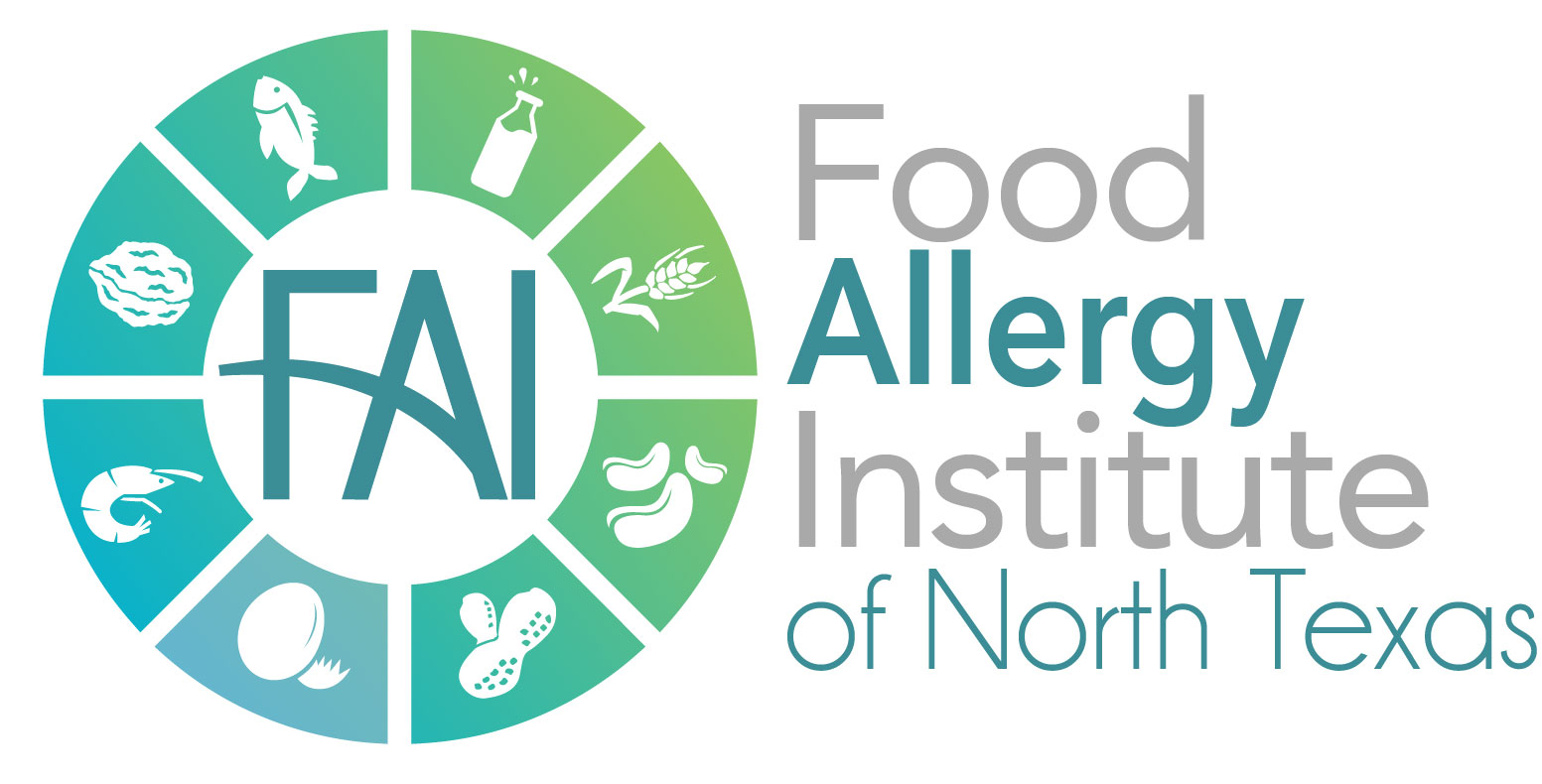29 Sep Ask the dietitian: Gluten-free and Wheat-free
What is the difference between ‘gluten-free’ and ‘wheat-free’ foods? Do I have to restrict gluten?
A strict life-long ‘gluten-free’ diet is only required if you have been diagnosed with oeliac disease. Celiac disease is an auto-immune condition that results in inflammation of the small intestine when any gluten is ingested. Ensure you are properly investigated for celiac disease before restricting gluten in your diet. When following a FODMAP diet, fructans and other FODMAPs, but not gluten, are restricted. Gluten is the protein found in wheat, rye and barley. These cereals also happen to be high in FODMAPs (mostly fructans). ‘Gluten-free’ foods are usually based on rice flour, maize- or corn-flour, potato-flour and quinoa which are low in FODMAPs, so by choosing ‘gluten-free’ you may also be choosing low FODMAP. Keep in mind, ‘gluten-free’ foods may have high FODMAP ingredients added (e.g. onion, pear or honey) so read the ingredient label carefully.
Choosing a strict gluten free diet when you only require a low FODMAP diet will lead to over-restriction. Oats and spelt bread contain gluten but are relatively low in FODMAPs so are suitable to have on a low FODMAP diet in appropriate serves. In addition, gluten is found in products derived from wheat, rye and barley, such as wheat starch, wheat thickeners and barley malt. These are common ingredients in a wide range of commercial products including soy sauce, confectionary, mayonnaise, yoghurts and more. They contain gluten and must be avoided on a gluten free diet for celiac disease, BUT they are not high in fructans and are suitable to include in a low FODMAP diet.
‘Wheat-free’ refers to any food that does not use wheat in the manufacturing, but ‘wheat-free’ foods may still include ‘gluten-containing’ cereals such as rye, barley, oats and spelt and “fructan-containing” cereals rye and barley. Wheat-free does not necessarily mean that it will be low in FODMAPs. The ingredients of products claiming “wheat free” should be checked for other FODMAP-containing foods.
I have heard that bone broth can help boost immunity and aid in digestion. Is this true? What are the health benefits?
Bone broth is a cross between a stock and a broth and has taken on a super food label recently. To date, there is no scientific evidence to support these claims, with one study showing that overconsumption can actually be harmful.
What is it?
For comparison, broth is water simmered with vegetables, meat, herbs, and spices, and it may include bones. It is usually cooked for about 45 minutes. Stock is water simmered with vegetables (typically carrots, onions, and celery) and animal bones, sometimes with meat, and cooked for approximately four hours. Bone broth, is usually made with roasted bones, sometimes with the meat attached and vegetables, cooked for more than 24 hours.
Health Benefits:
According to Kate Scarlata, RDN, LDN, there is insufficient evidence to support the use of bone broth for gut health. There are many health claims, and some level of nourishment, but overconsumption could be risky.
According to a 2013 study published in Medical Hypotheses, bones are known to carry heavy metals and bone broth may carry a risk of lead contamination.
There may be, however, some health benefits to consuming chicken soup made with meat and vegetables, which is somewhat similar to bone broth. A 2000 study published in Chest concluded that soup may provide a mild anti-inflammatory effect that can help mitigate symptoms of upper respiratory infections.
If you are going to consume bone broth, use moderation and check the sodium content. Also beware of hidden ingredients, such as cream, butter or oil.


